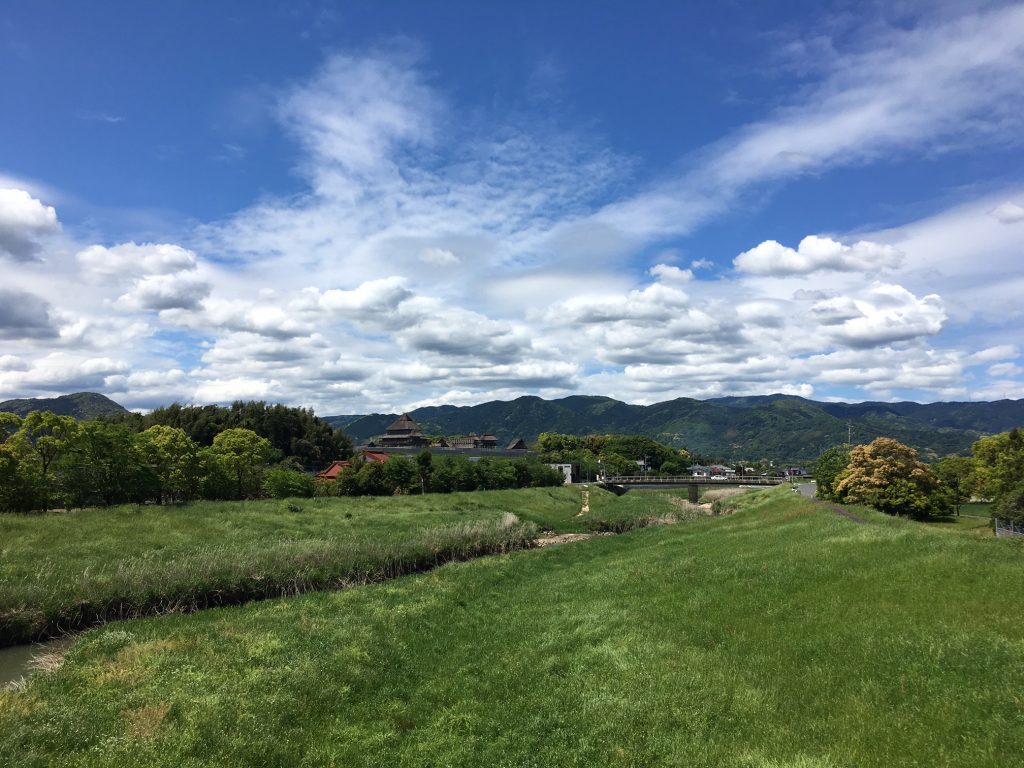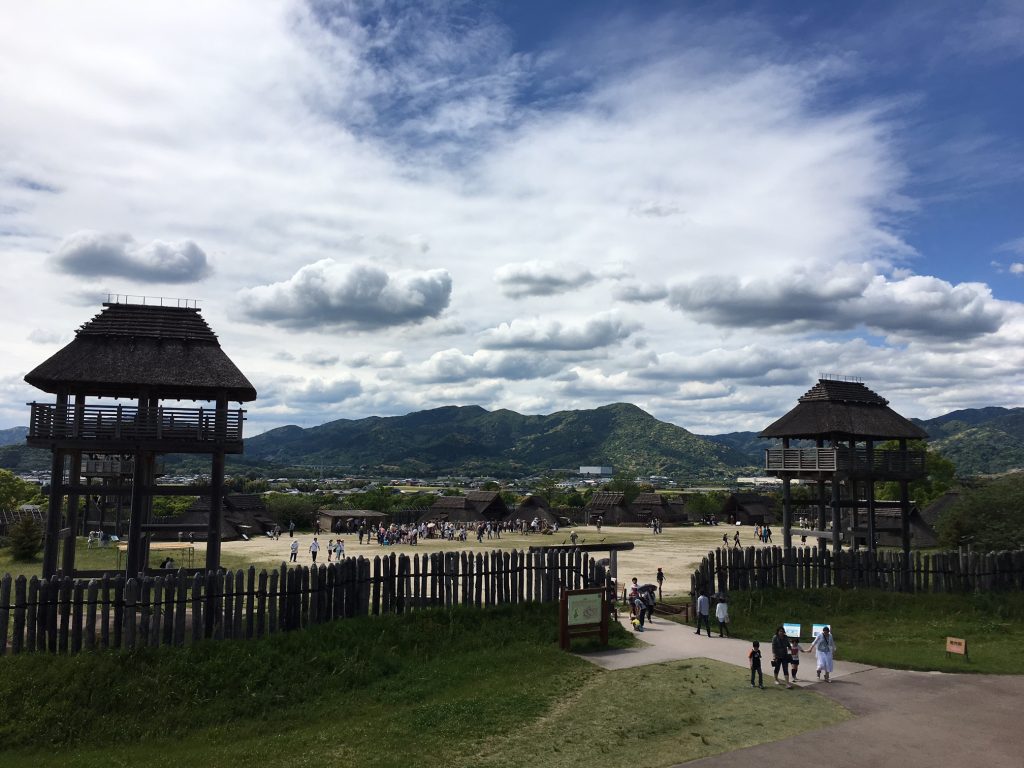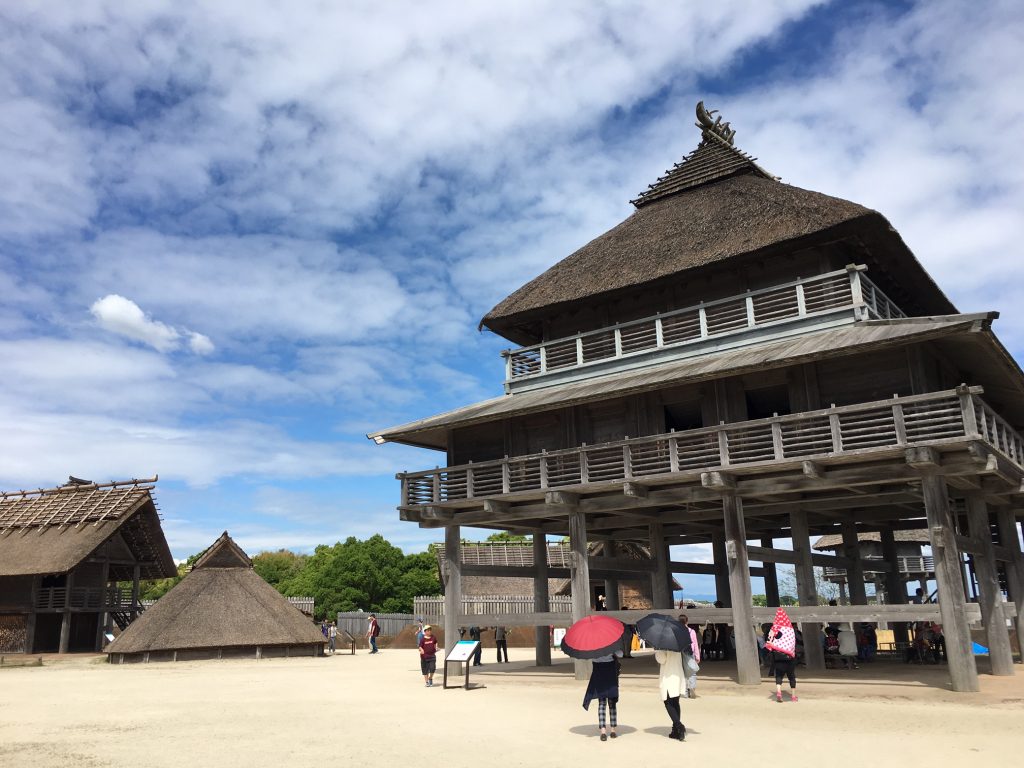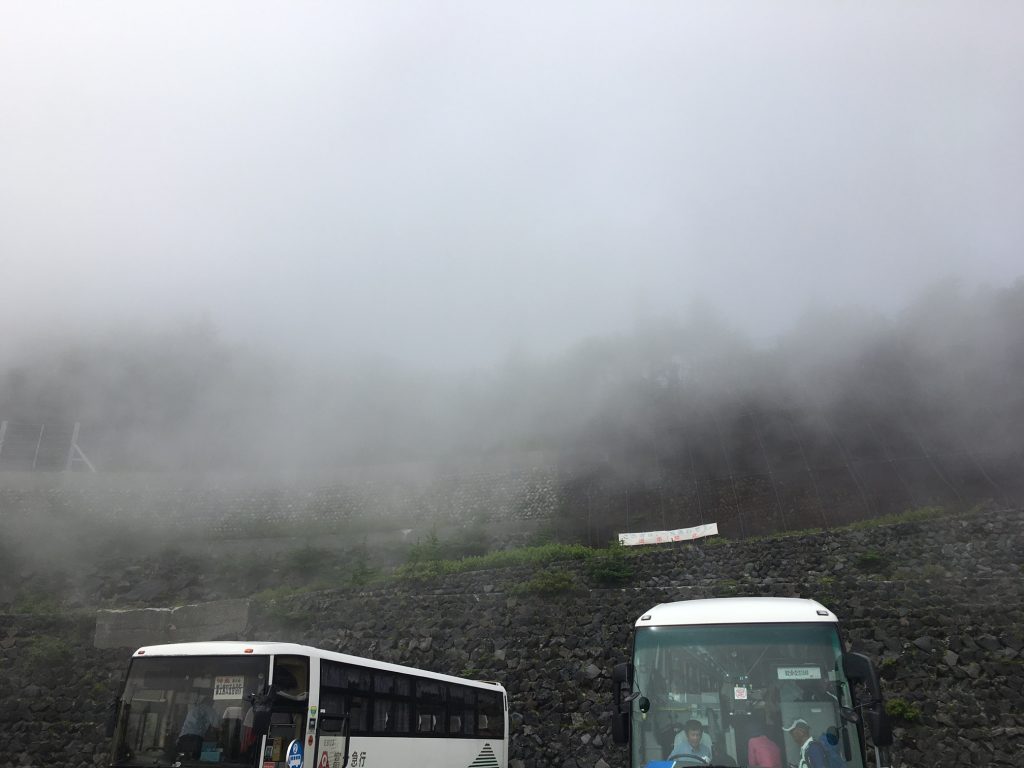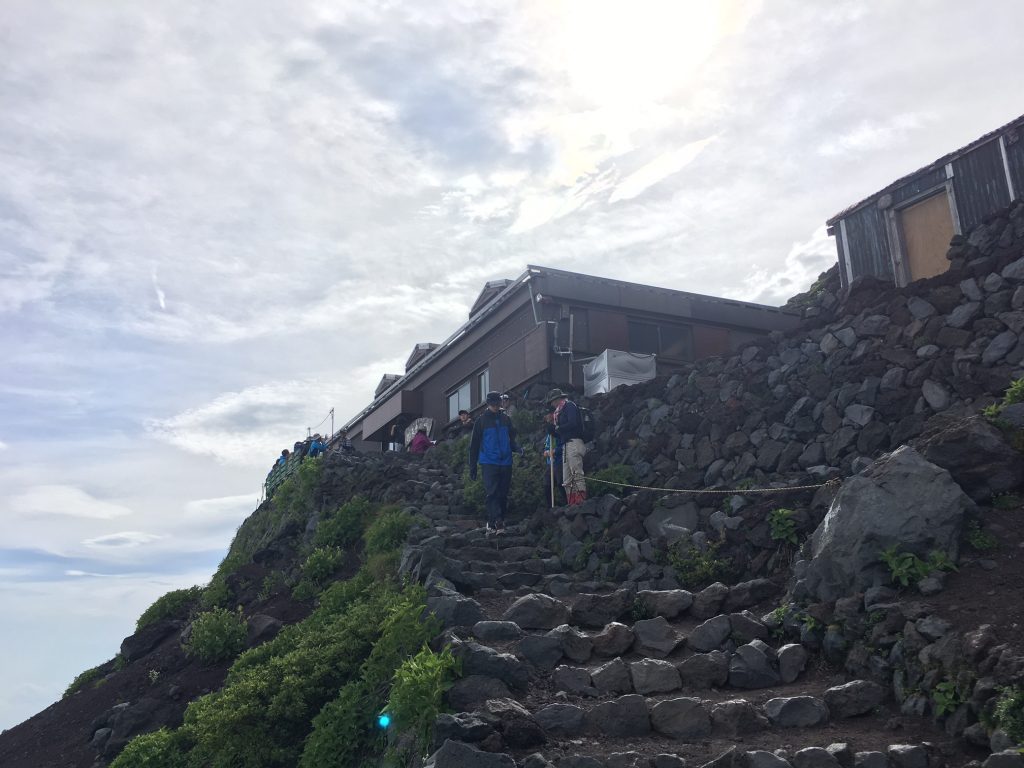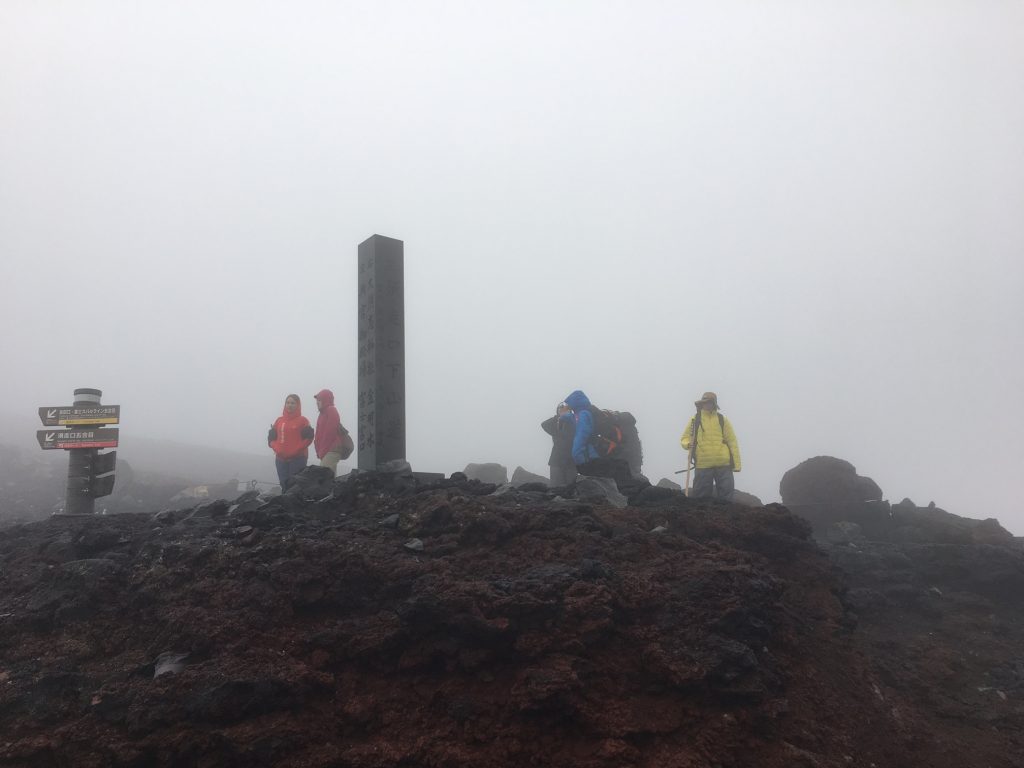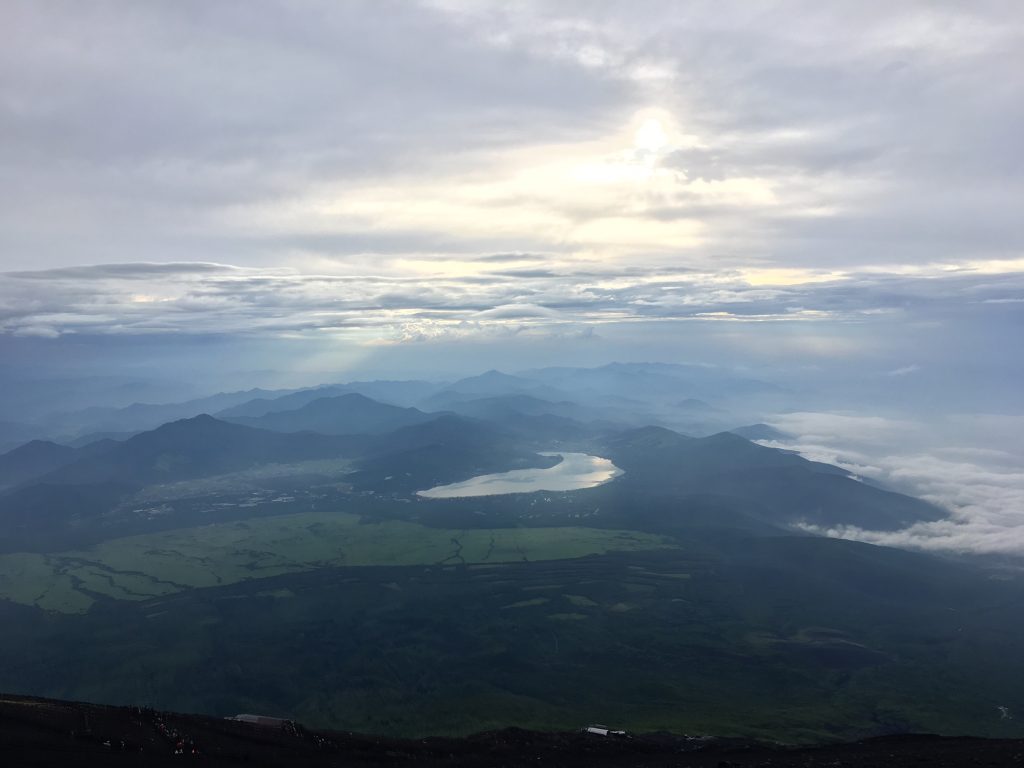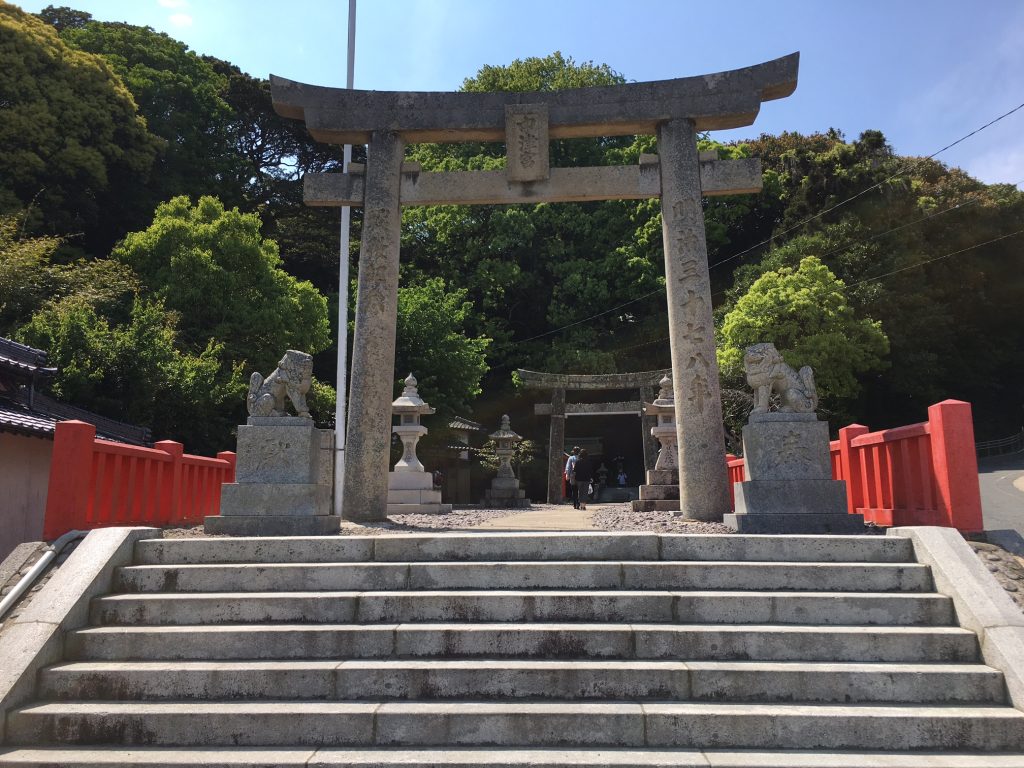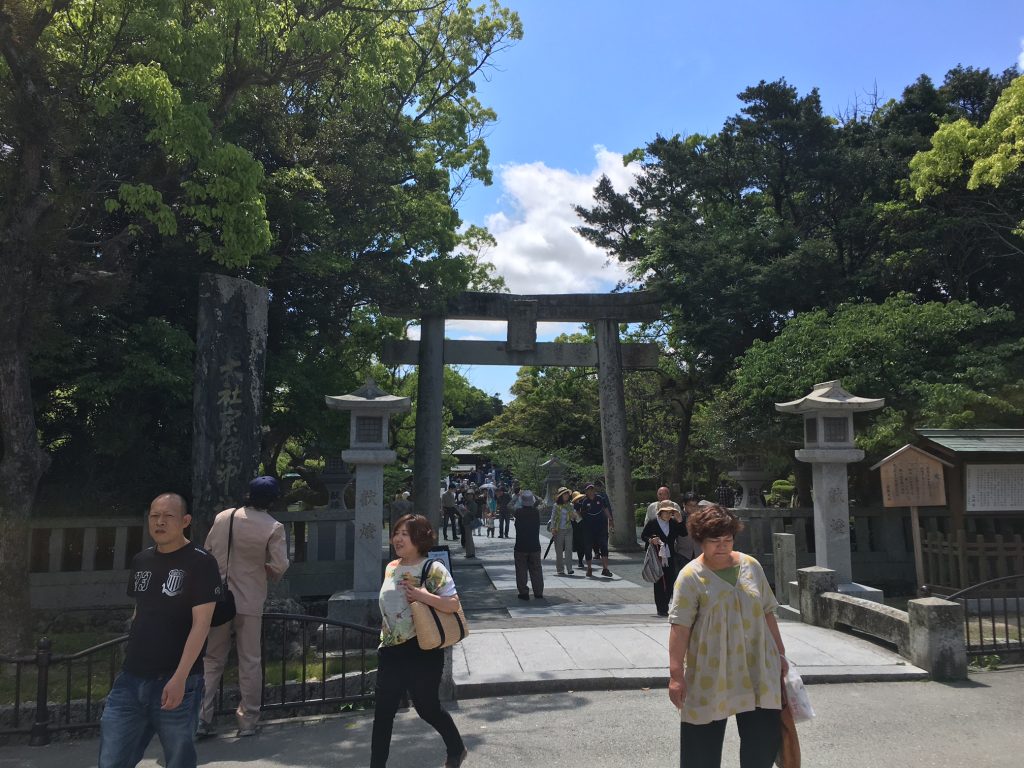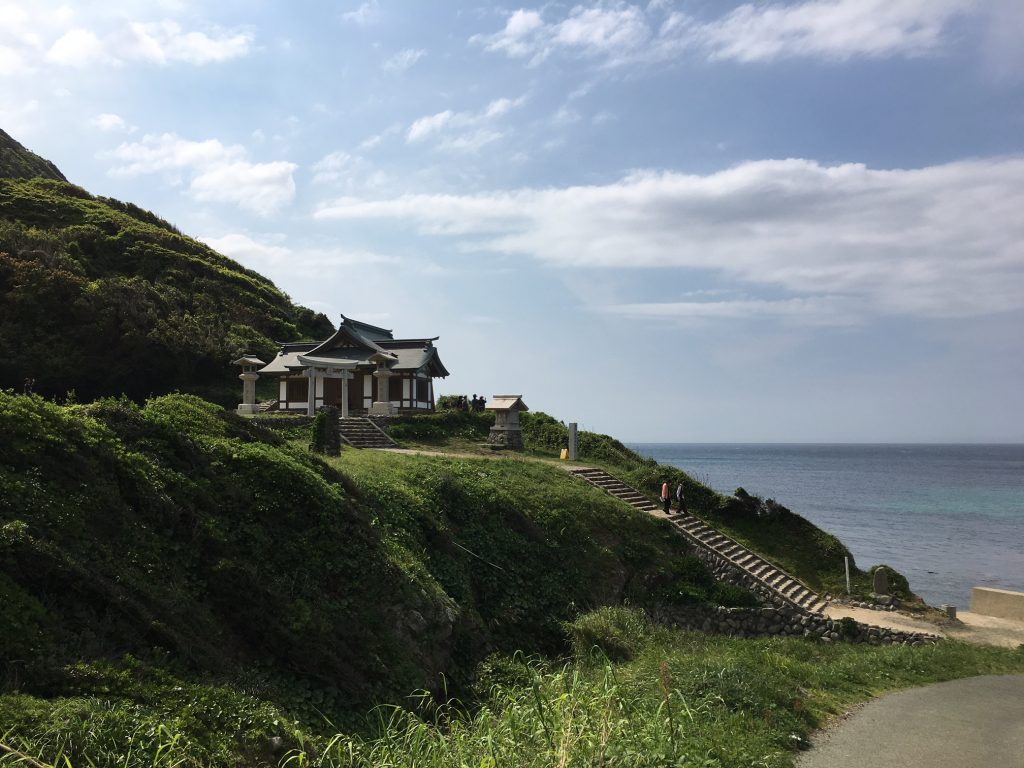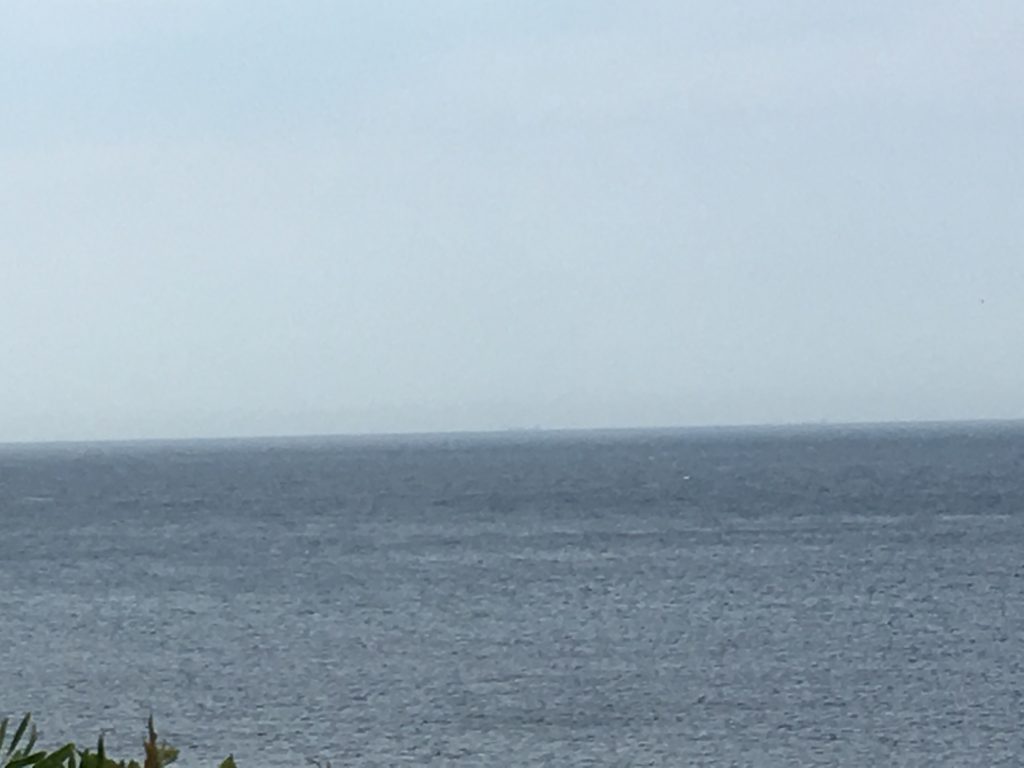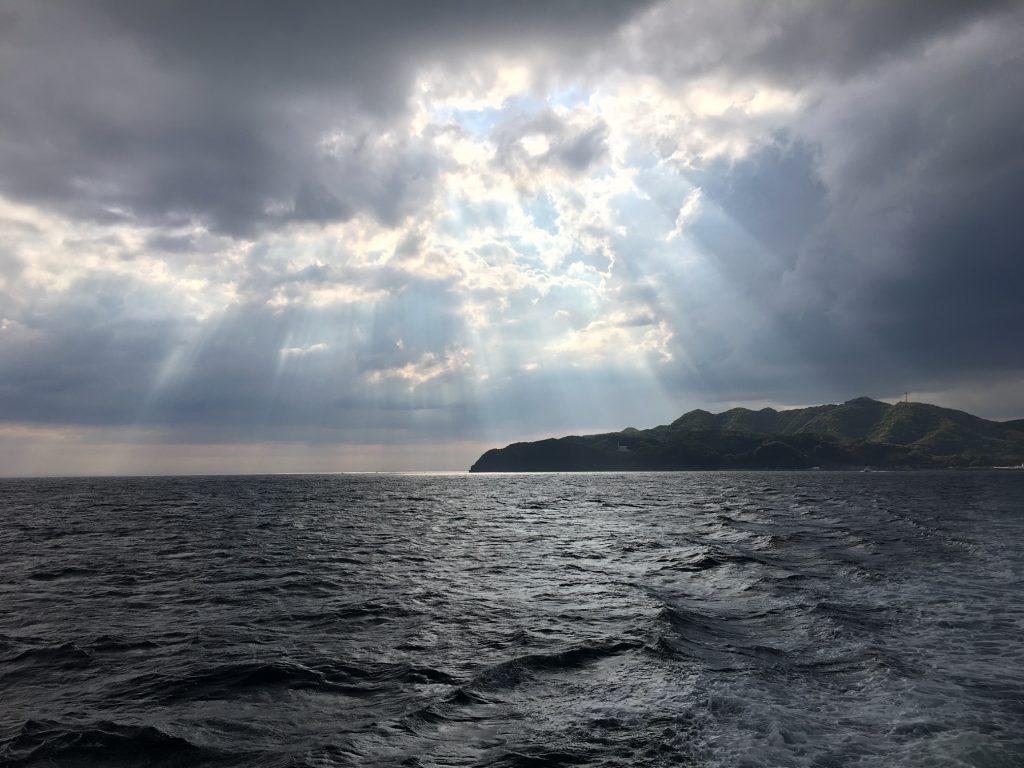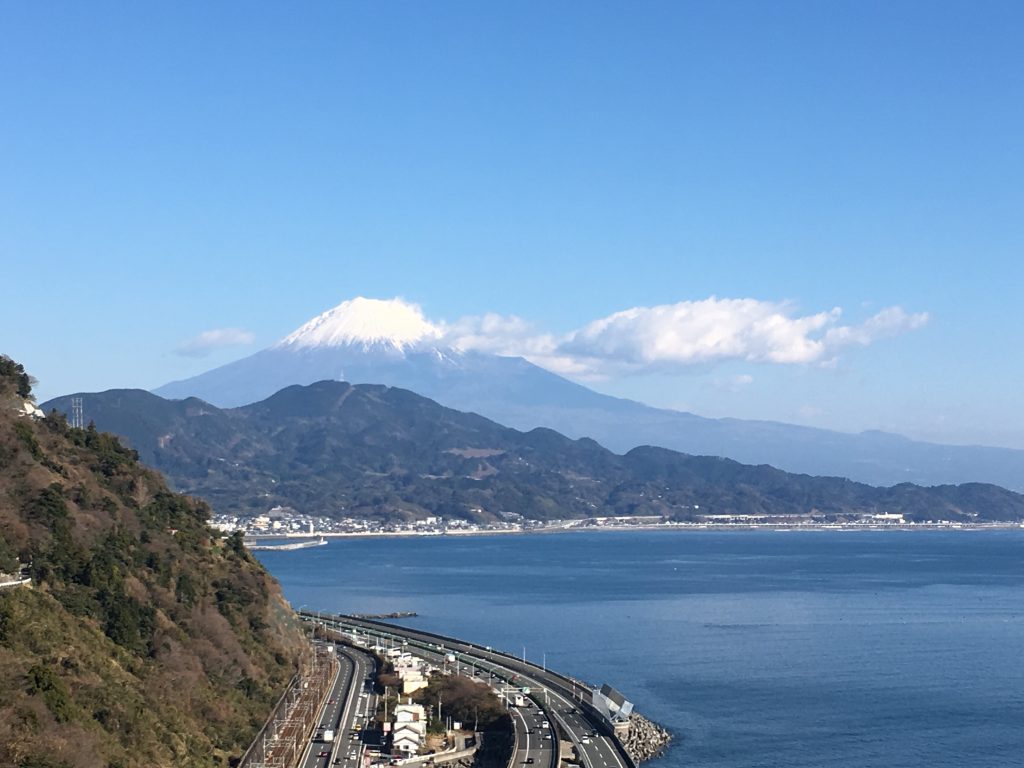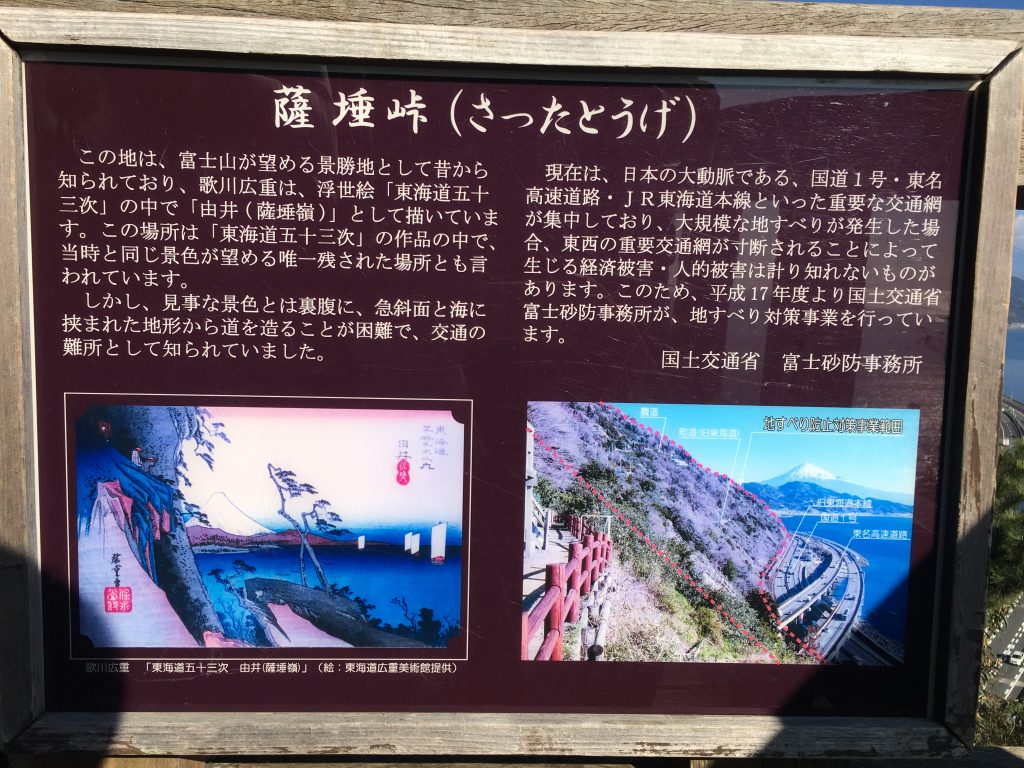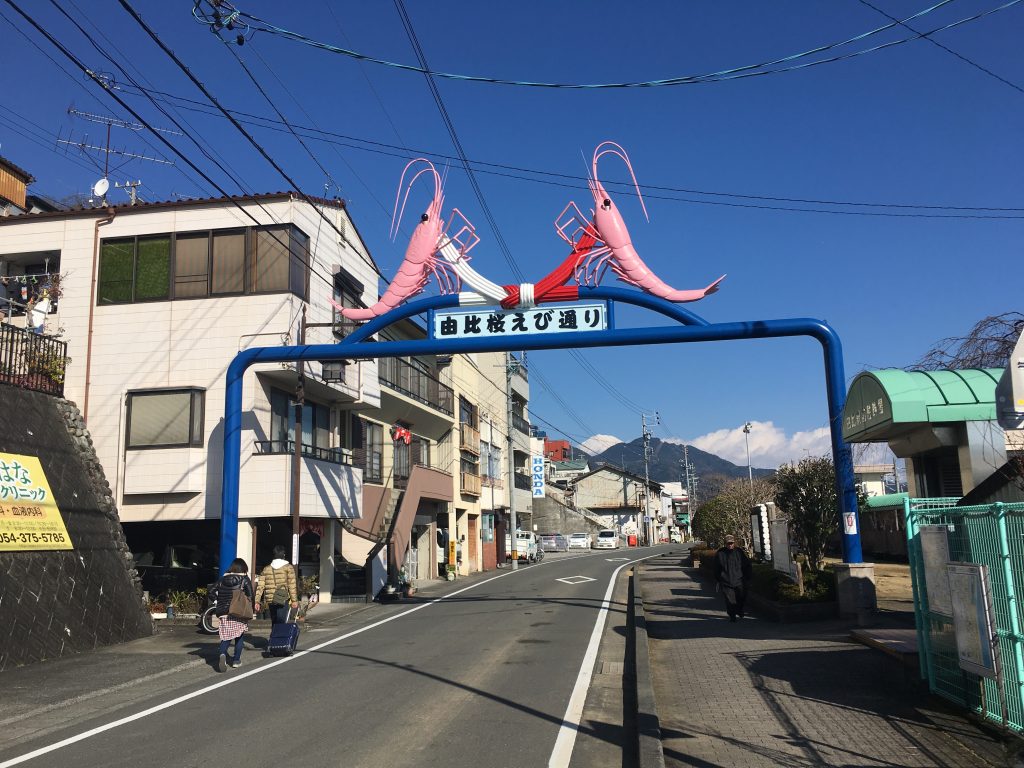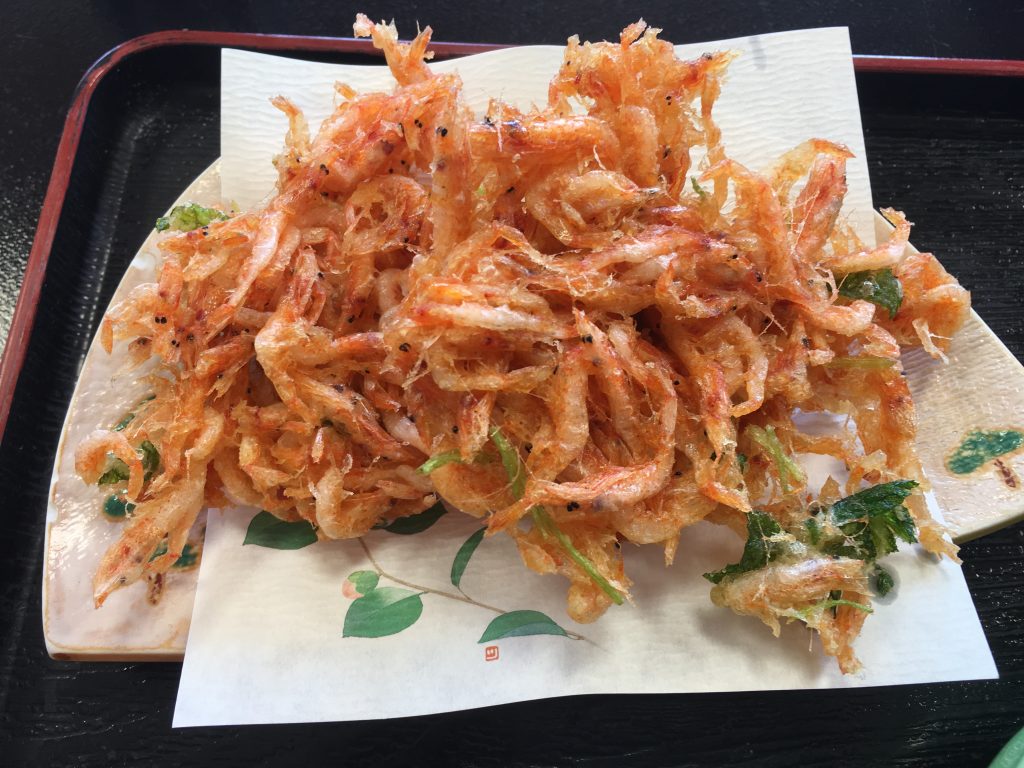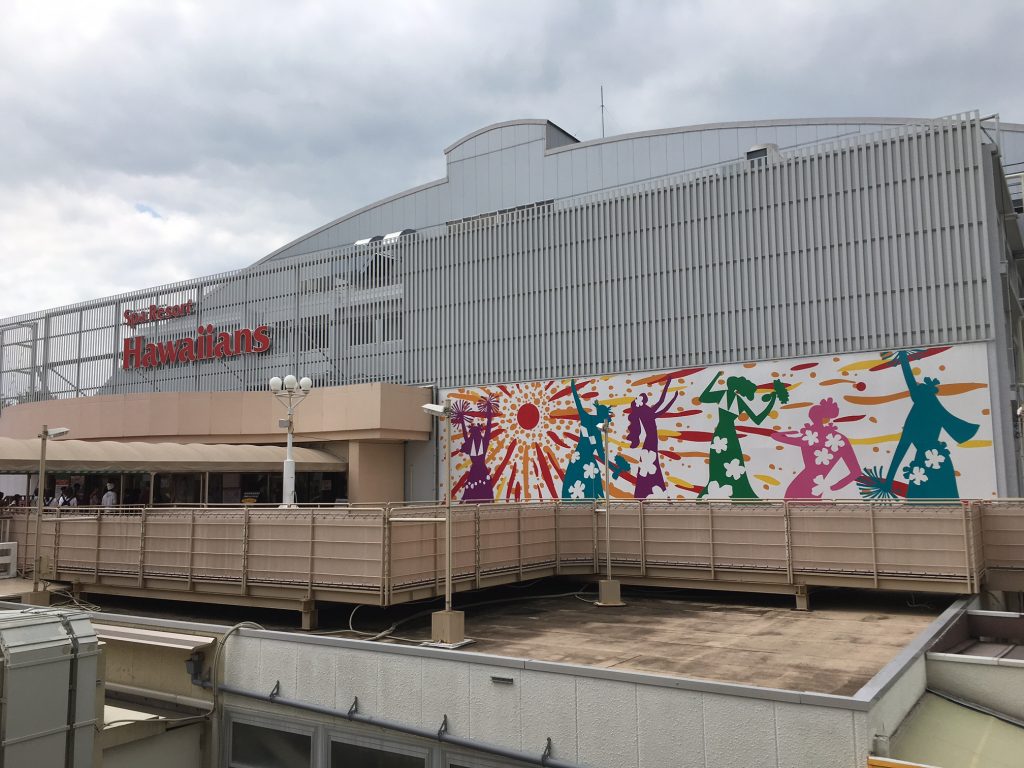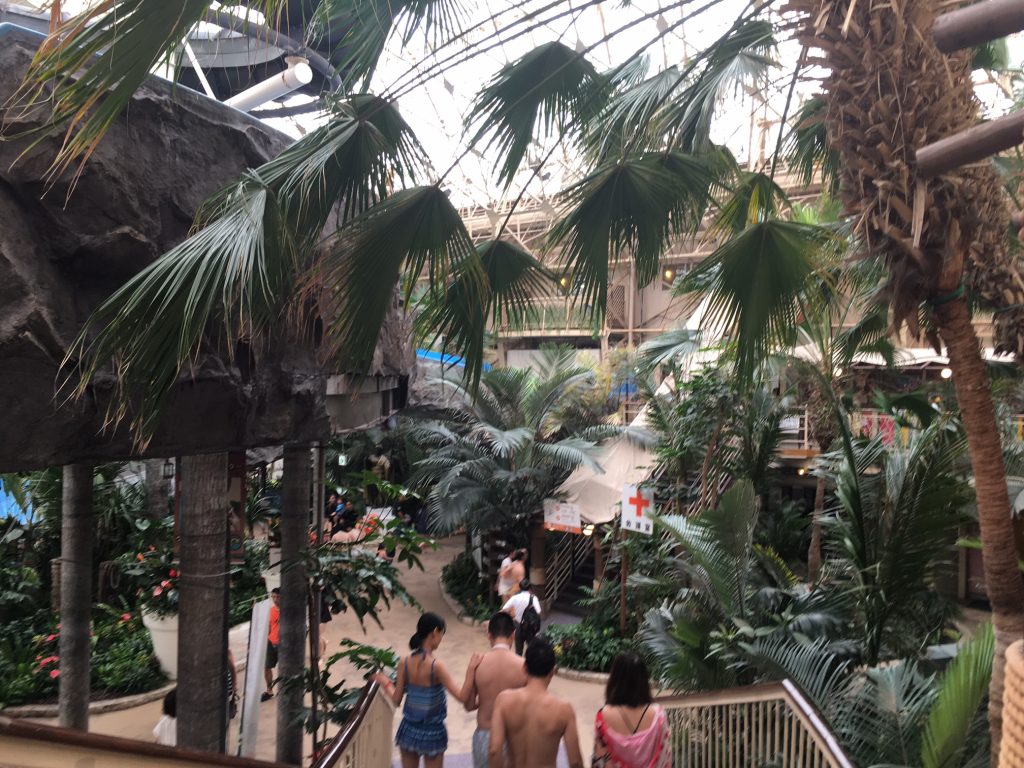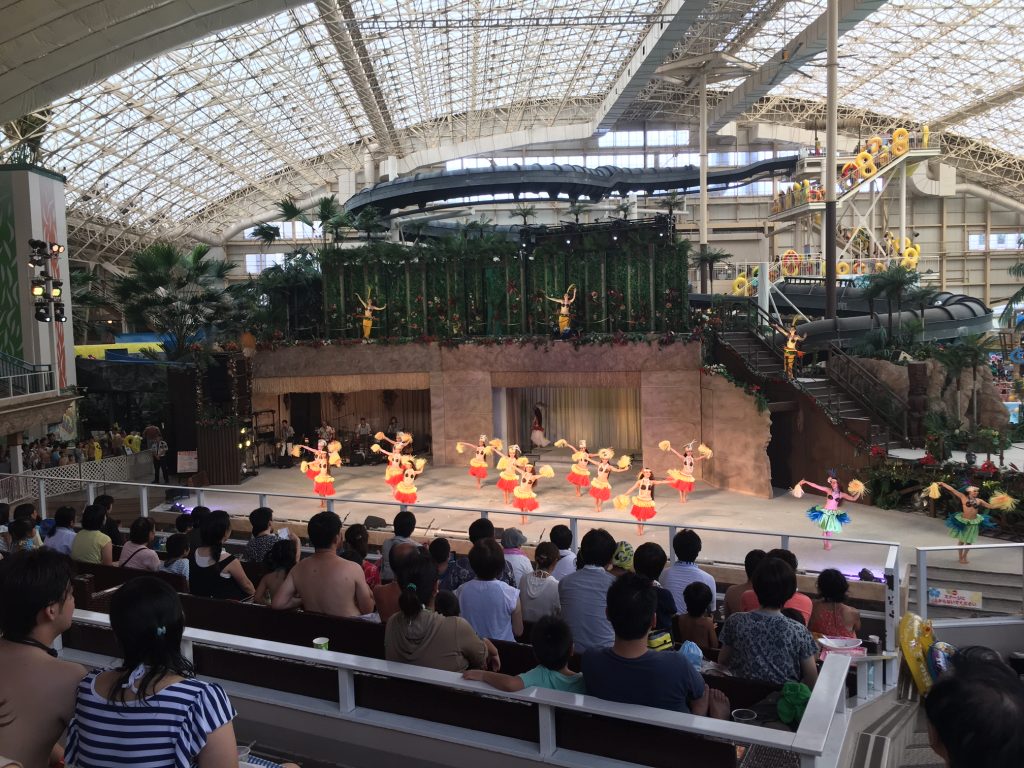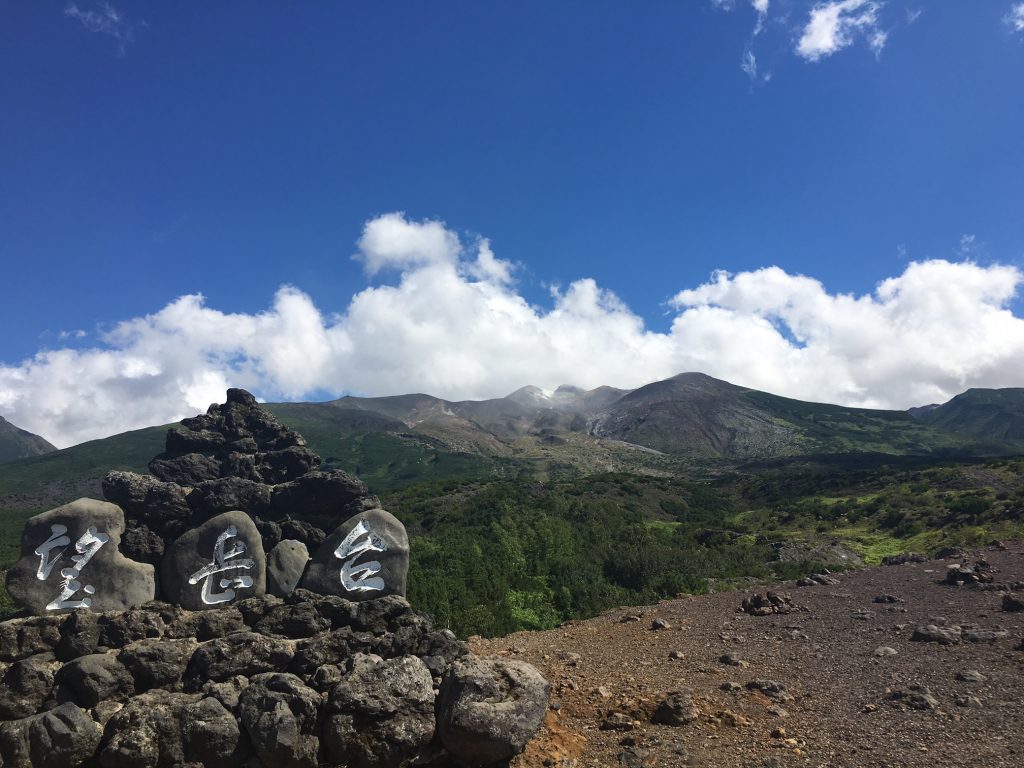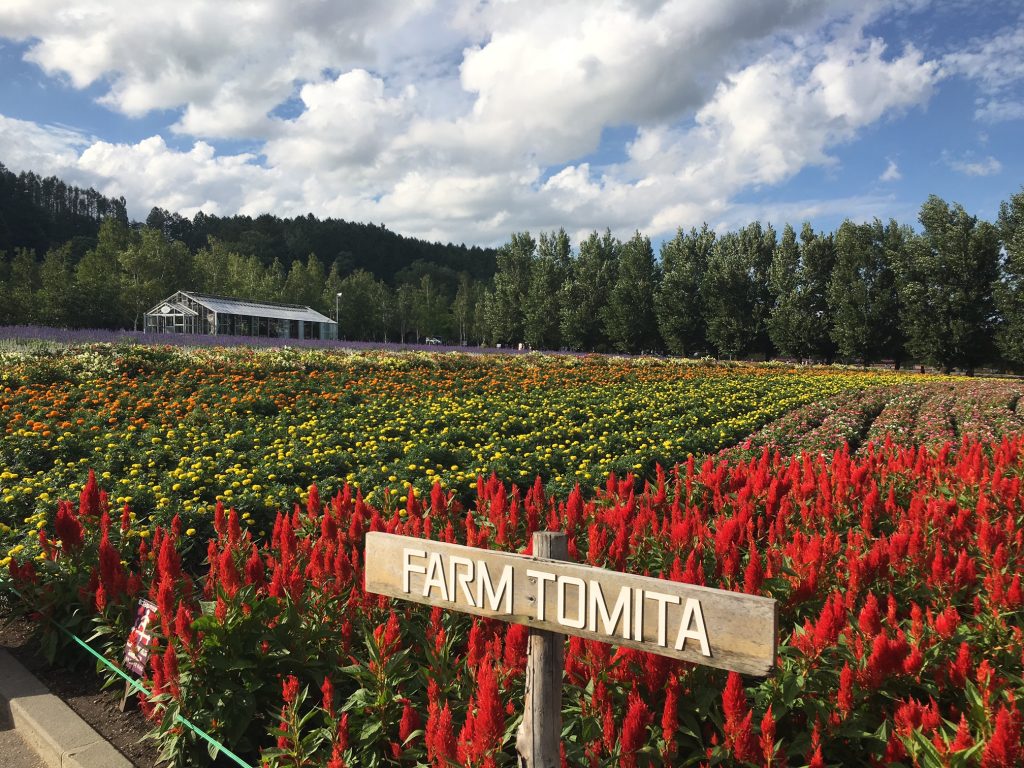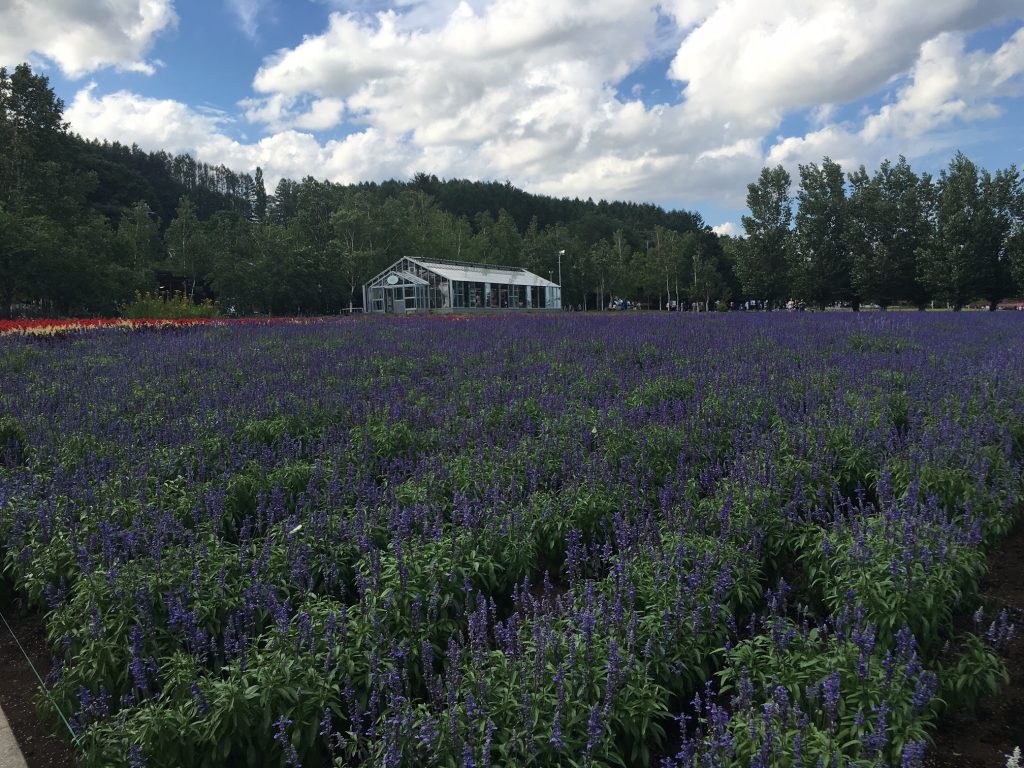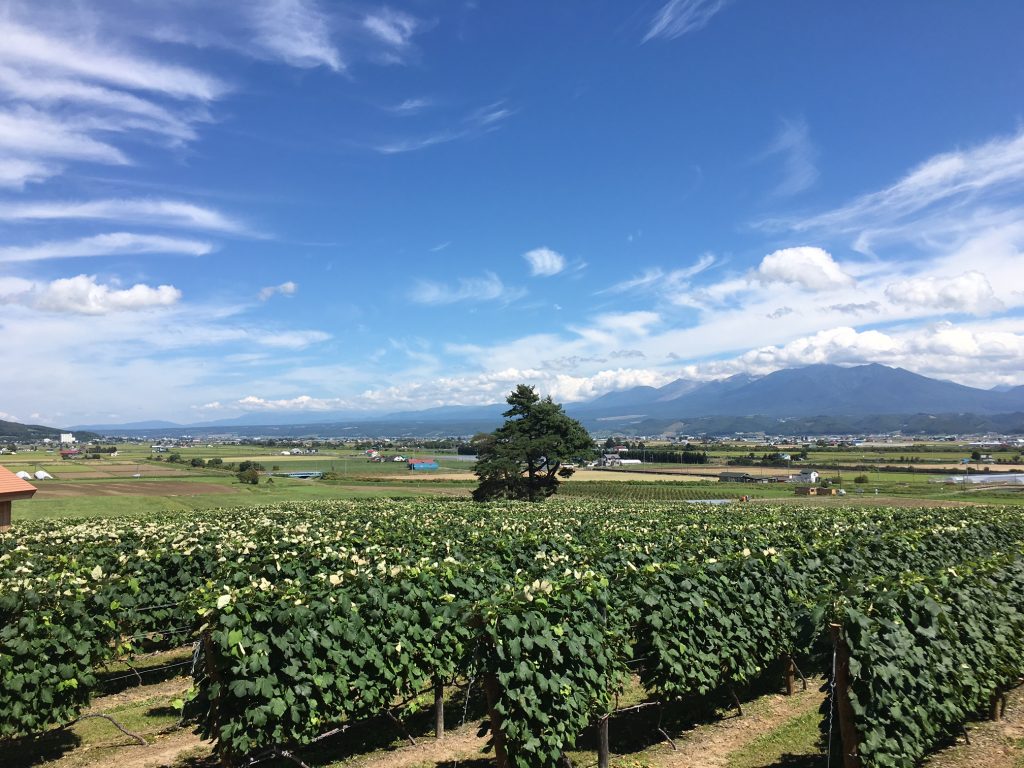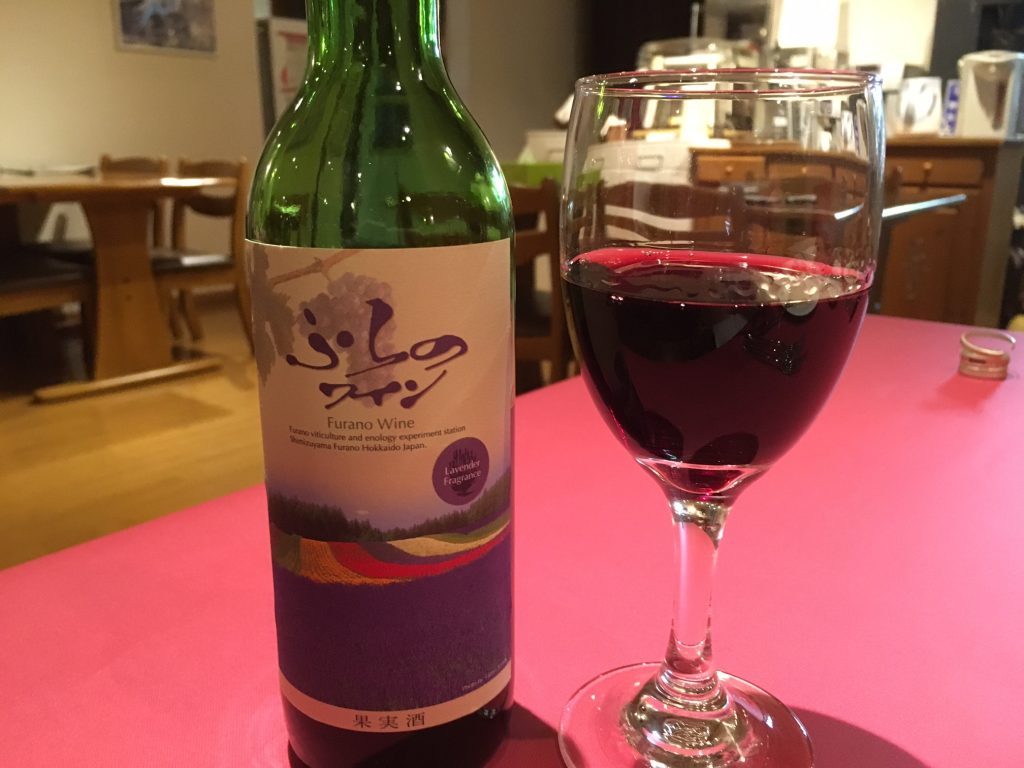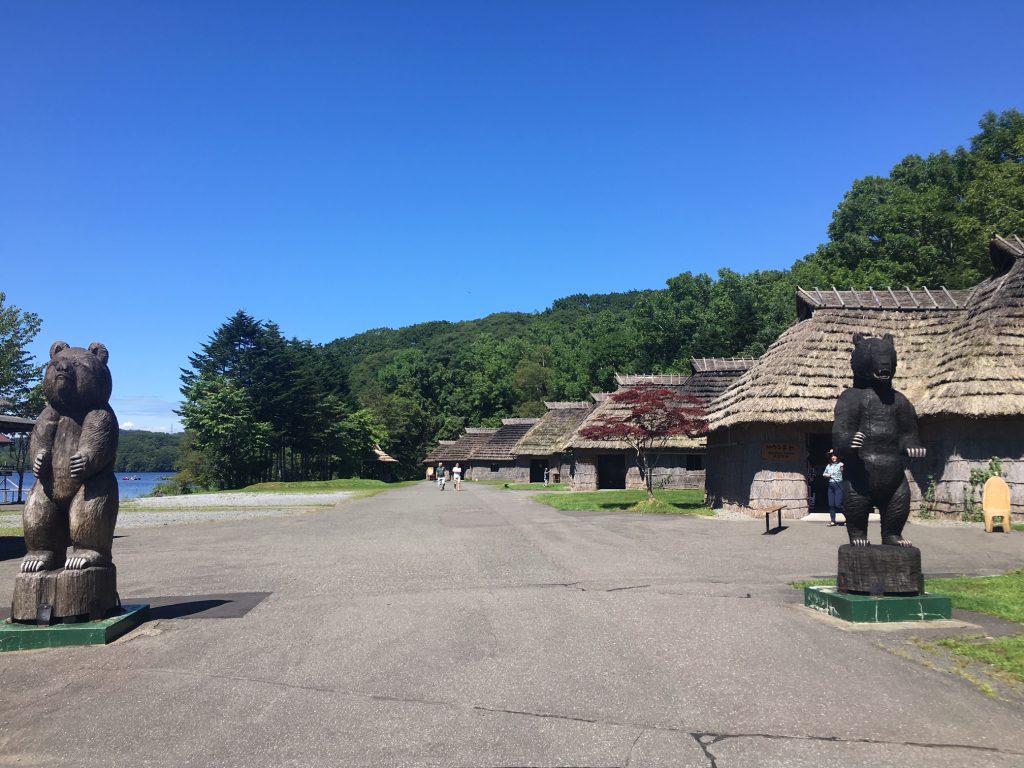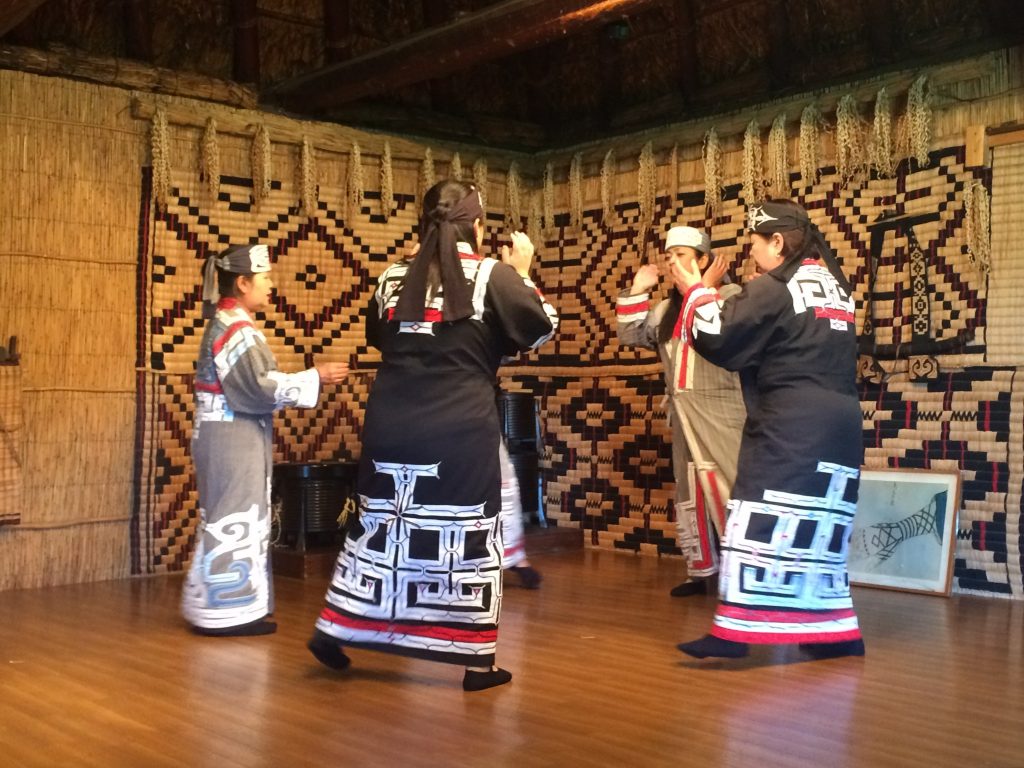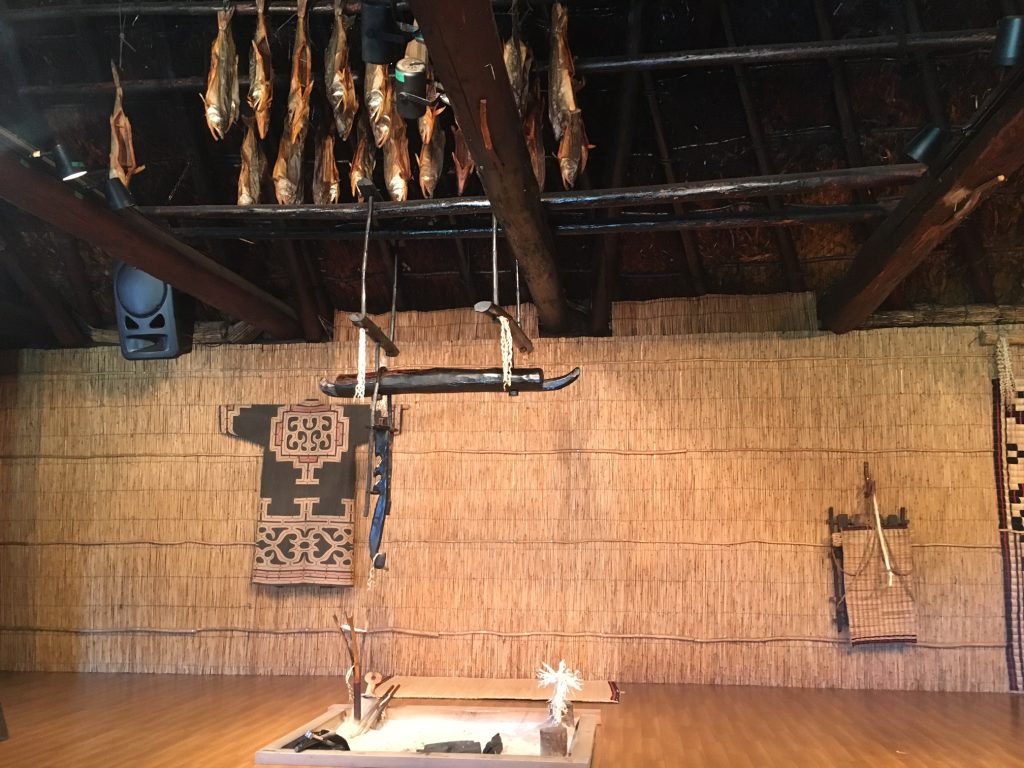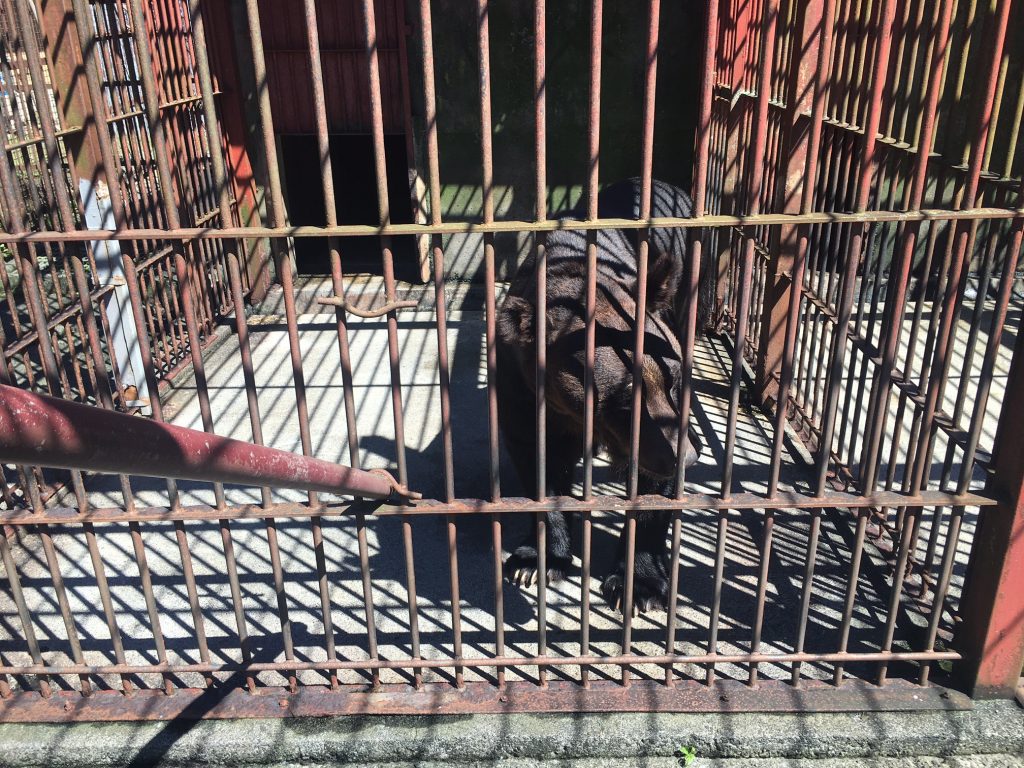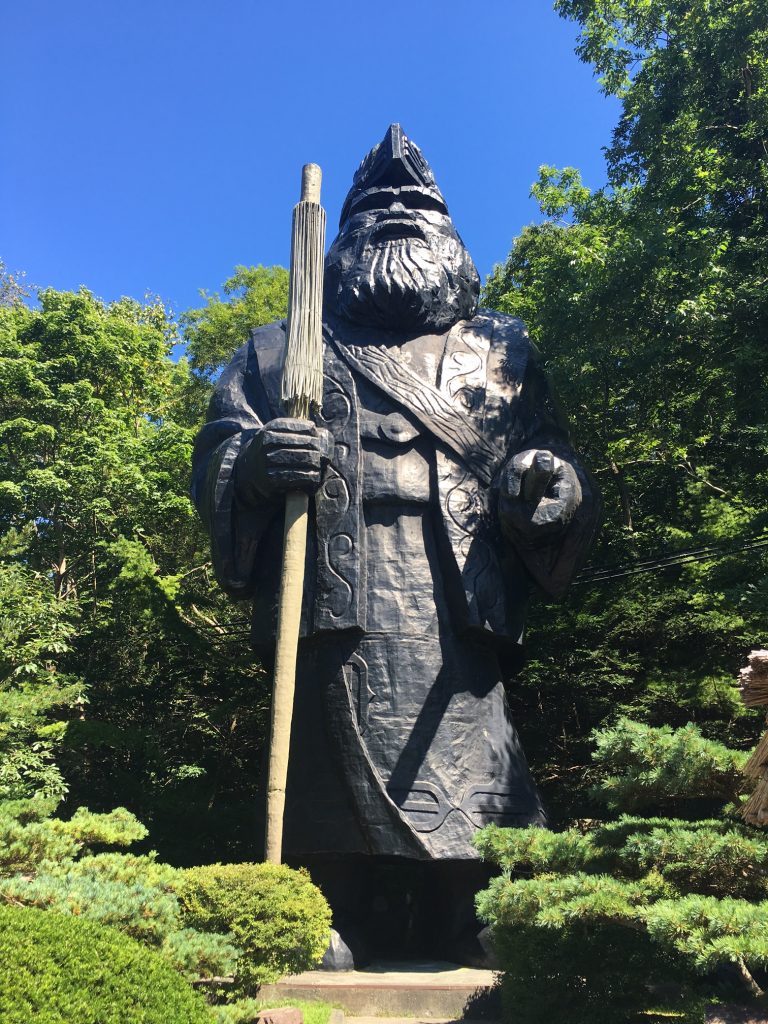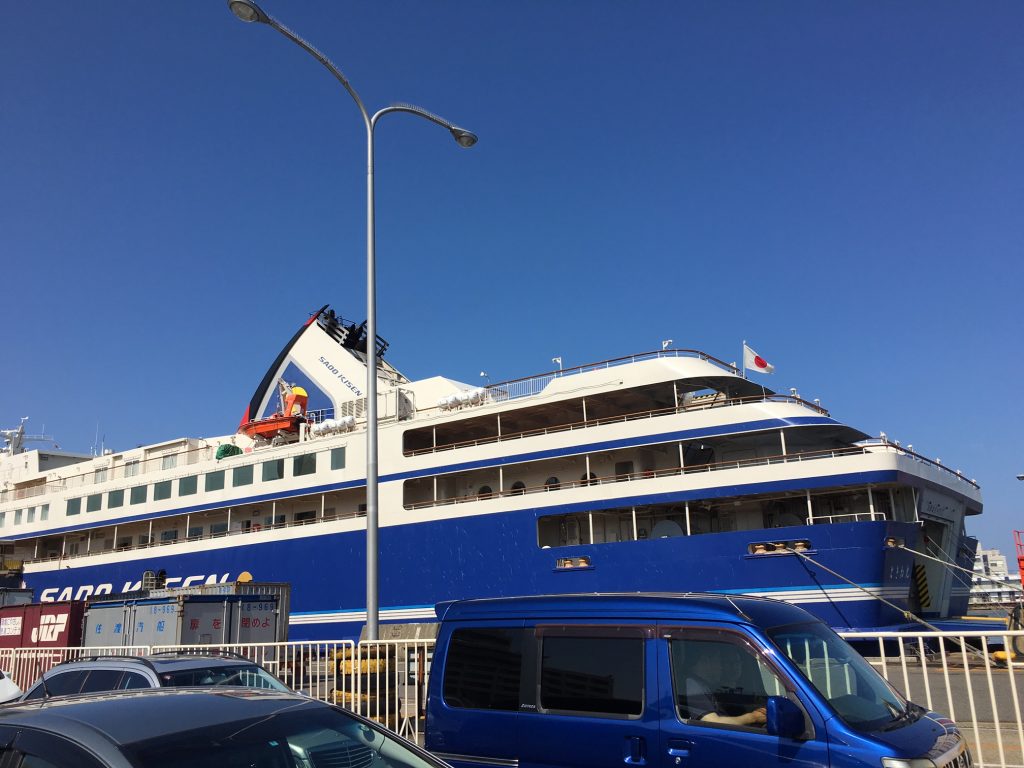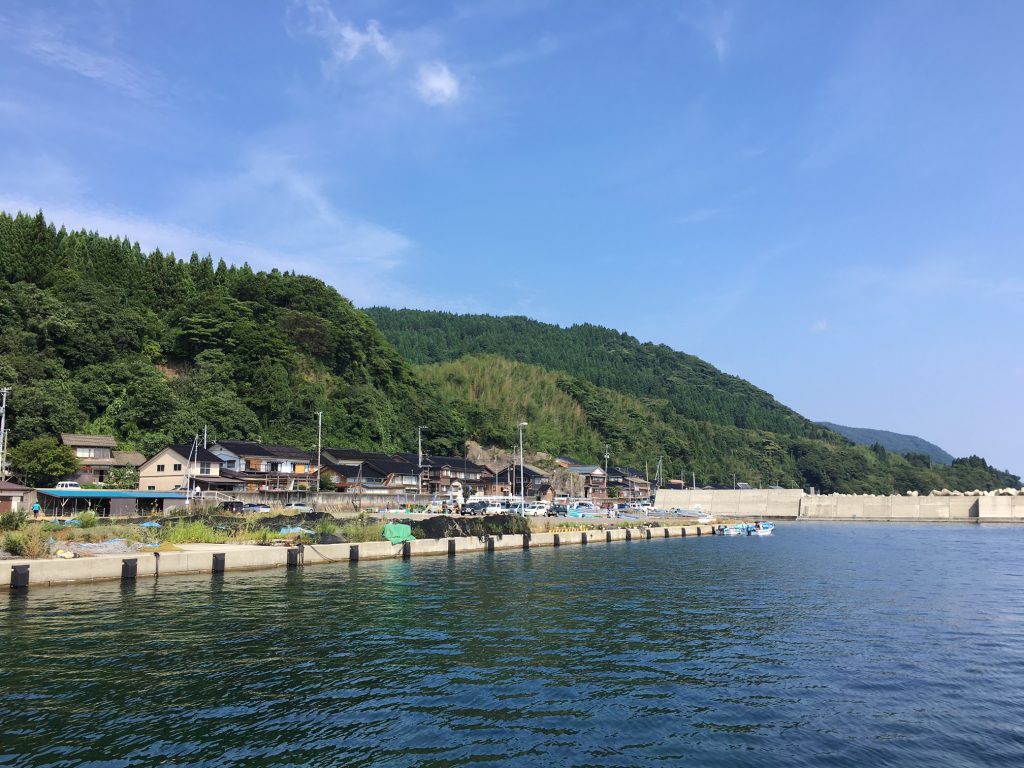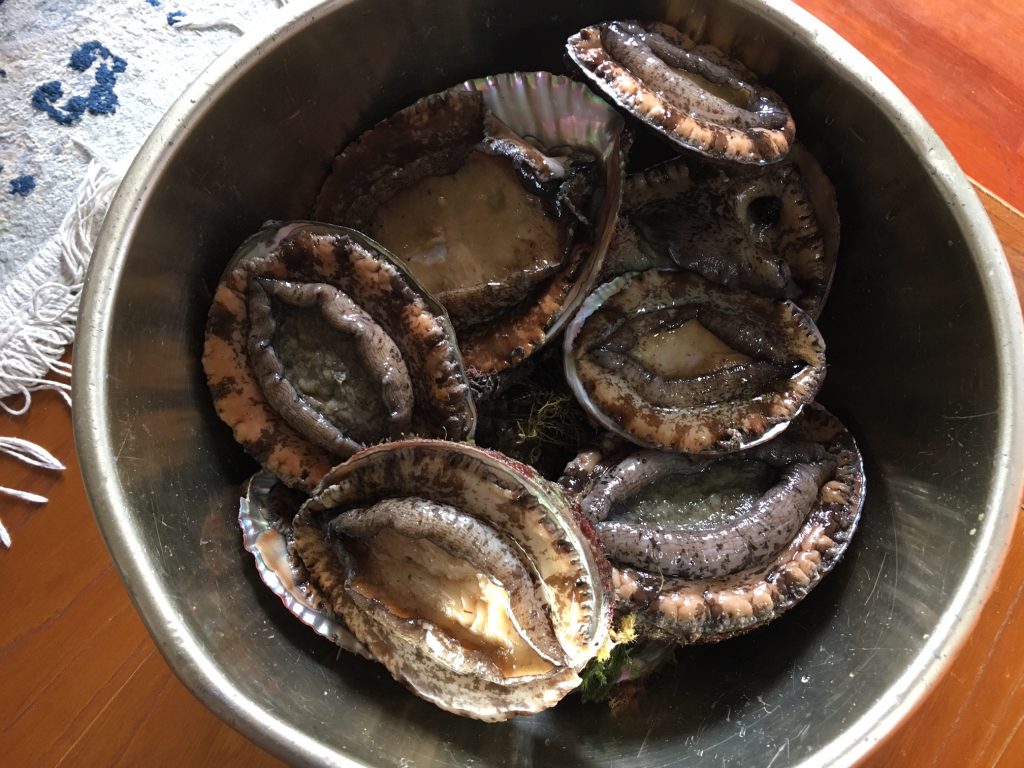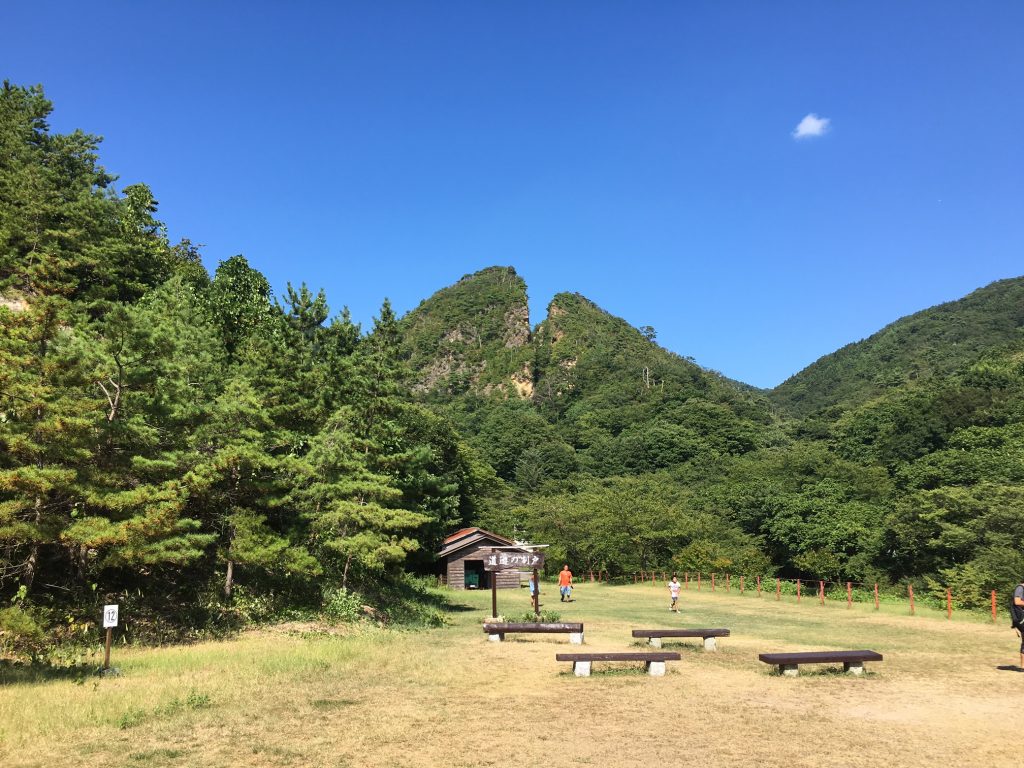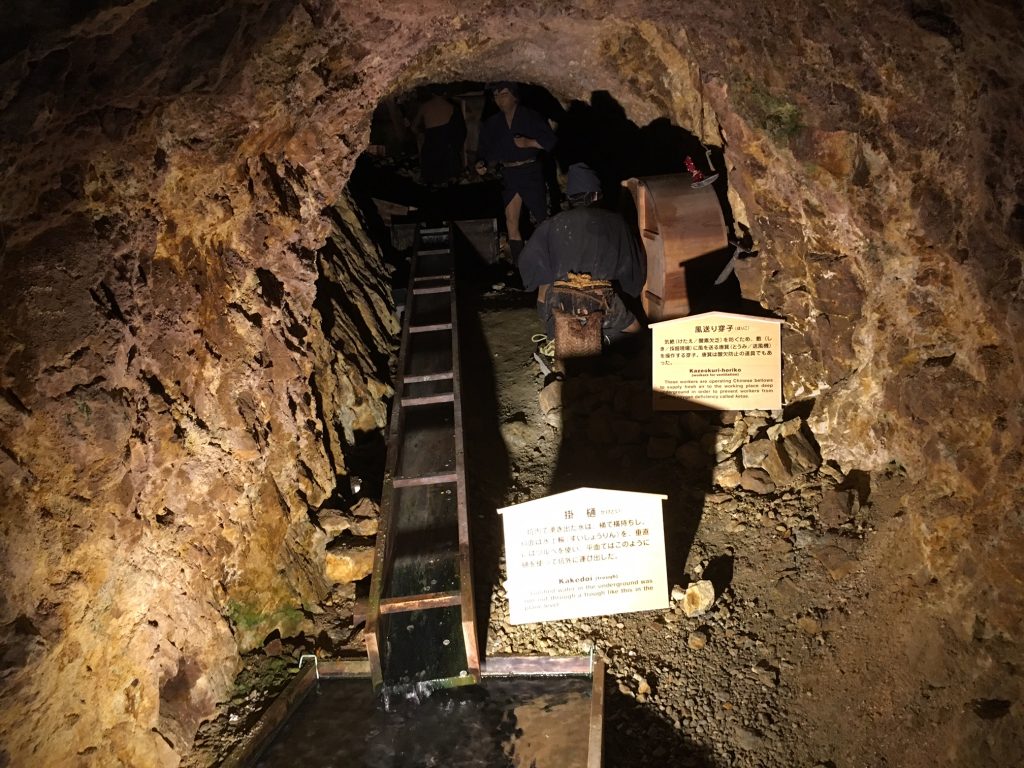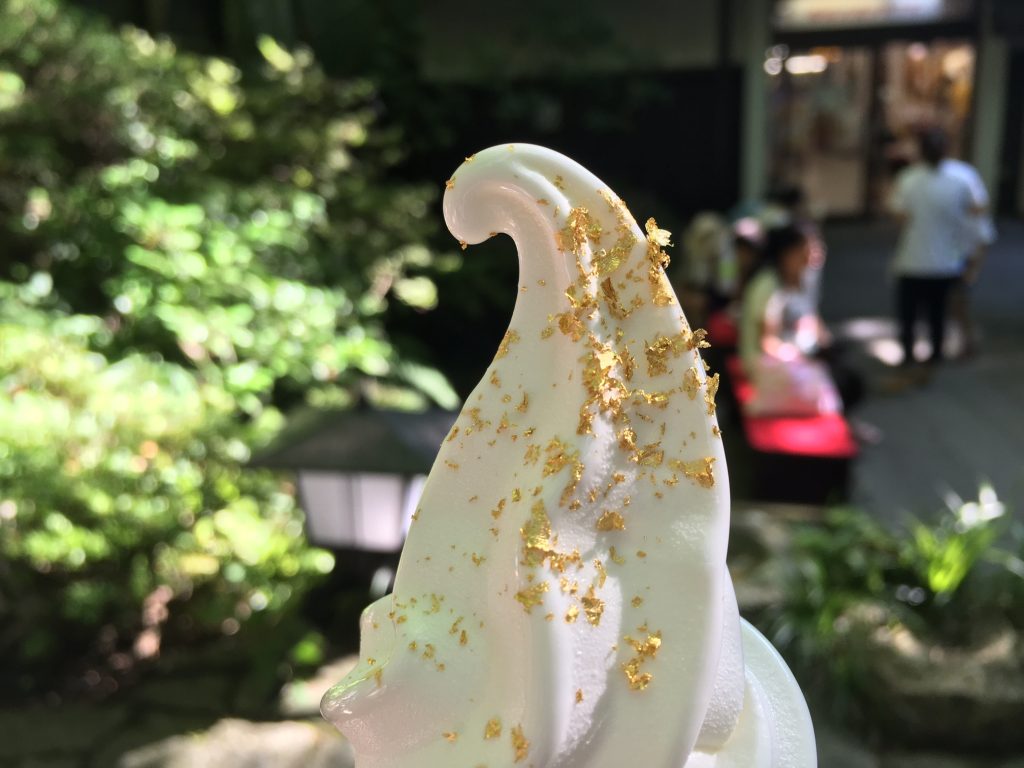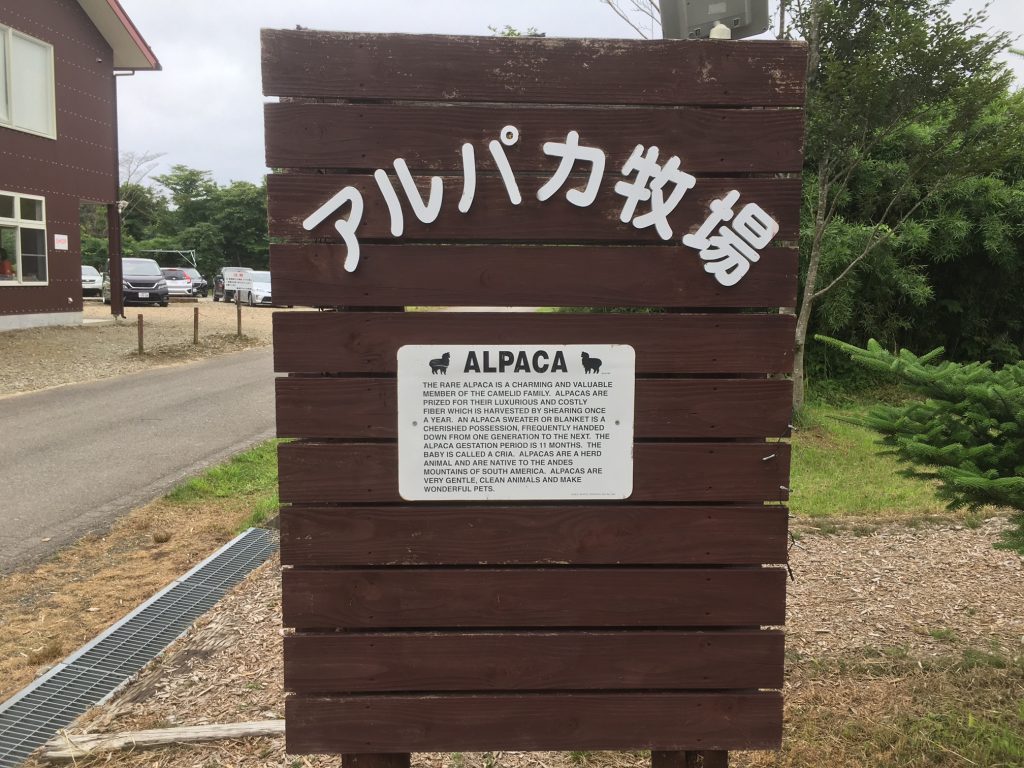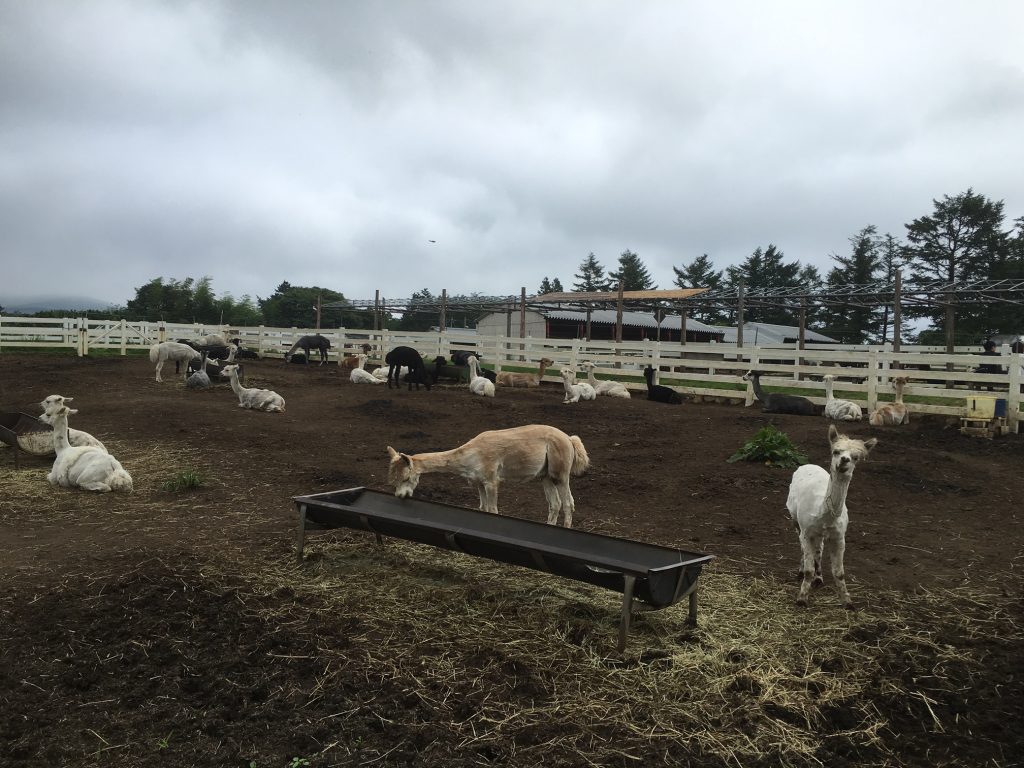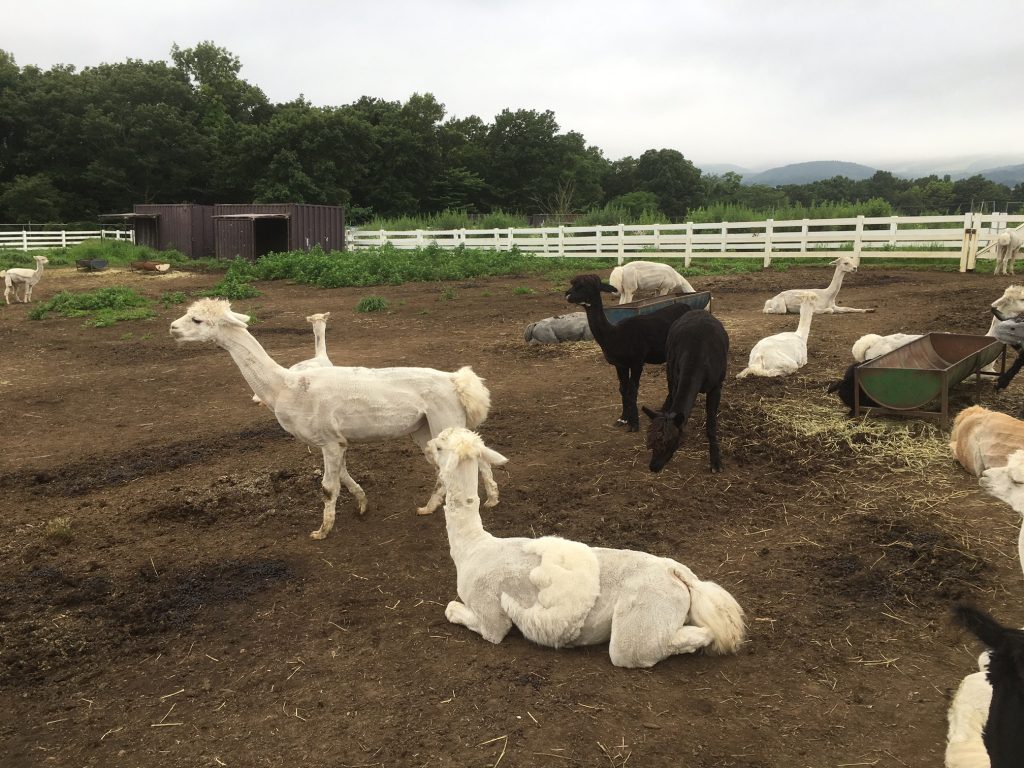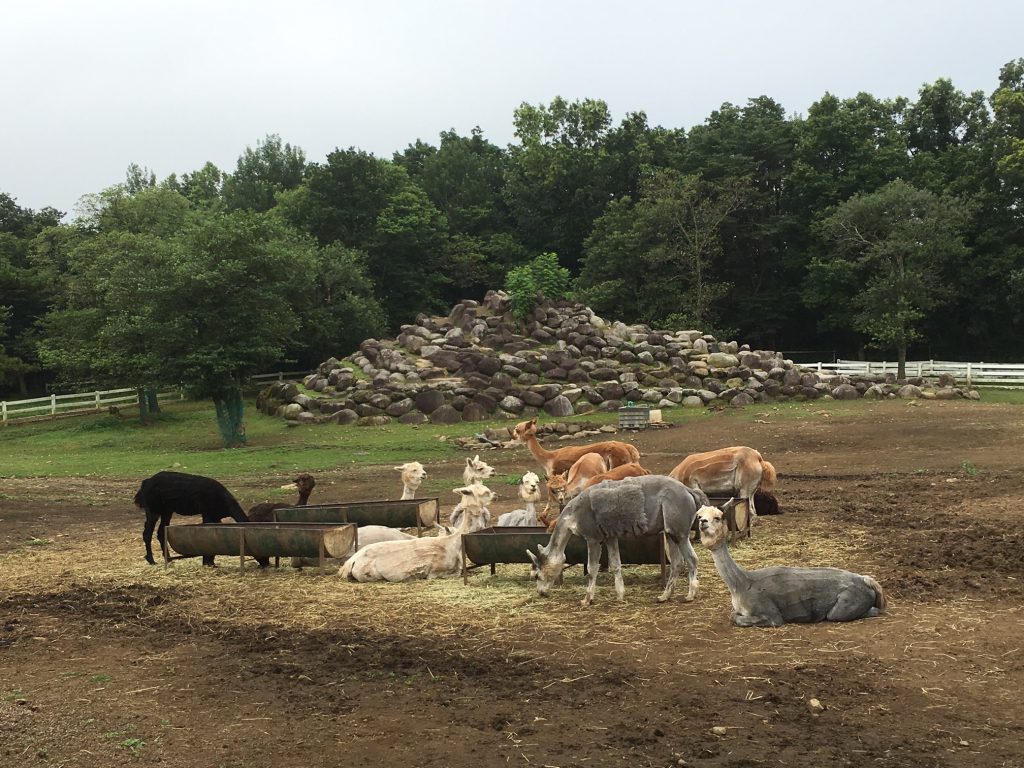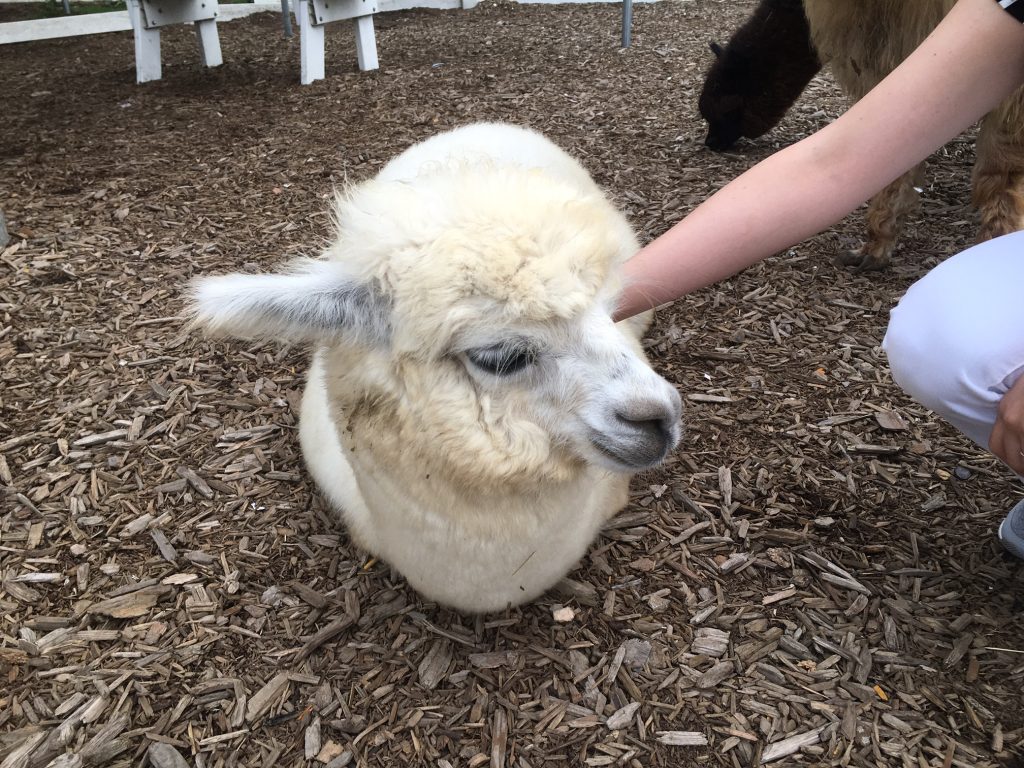What do you think they are doing when you see a photo below?

You maybe think that it’s a just attraction for visitors for sightseeing. However, in fact it’s for visitors to experience “Tarai-Bune”, an existing traditional way of fishing in Ogi coast located at the east side of Sado island. Let’s see the life of people living by the sea there.
Sado island is the second biggest island in Japan (except Japanese main islands) located west to Niigata city in northern Japan. Along the coast line of the island there are many villages which have different ways to deal with the sea in front of them.
In case of Ogi, it flourished as a fishing port as well as a port of Japanese freight vessel named “Kitamae-Bune” in Edo era of Japan (from the 17th to the middle of the 19th century). But the big earthquake seriously damaged the village at the beginning of the 19th century. It not only collapsed the buildings but greatly changed the landscape of the coast. The sea bed of the coast was lifted up by 2 meters and it became difficult for the fishermen to fish in such shallow sea with their normal boats.
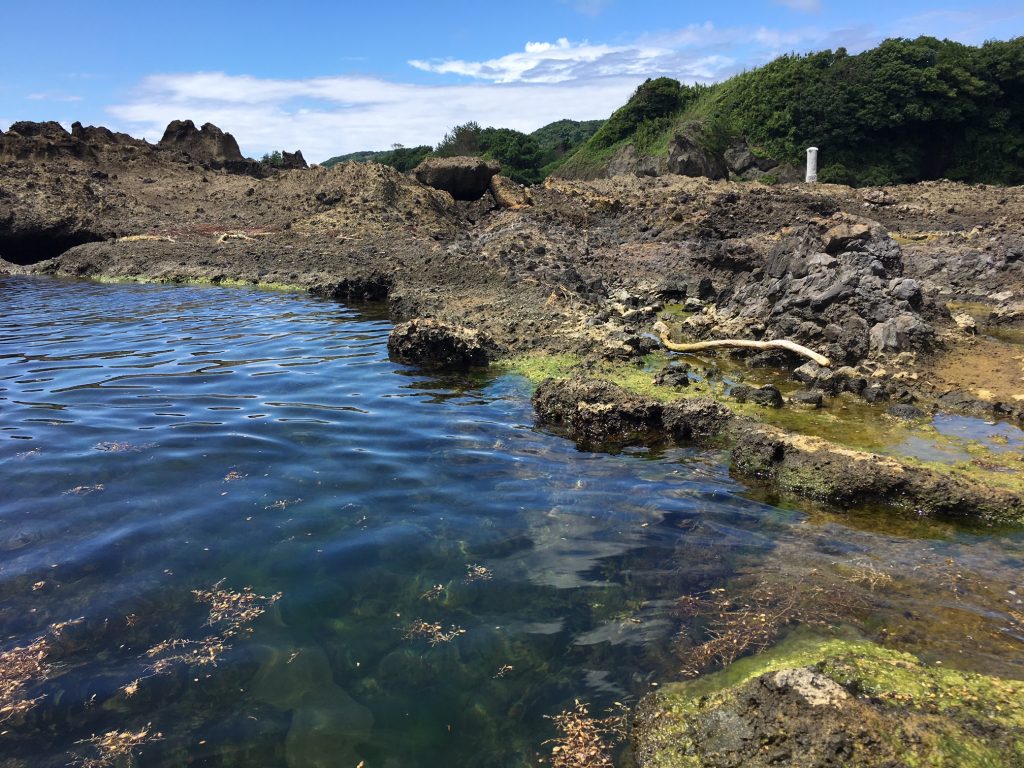
But they never gave up. They cut their tubs by half, floated them on the sea and rode on them. The shape of half tub was ideal to look for fishes and shells in such shallow water. They named their special boat as “Han-Giri” which means “half cut” in Japanese.
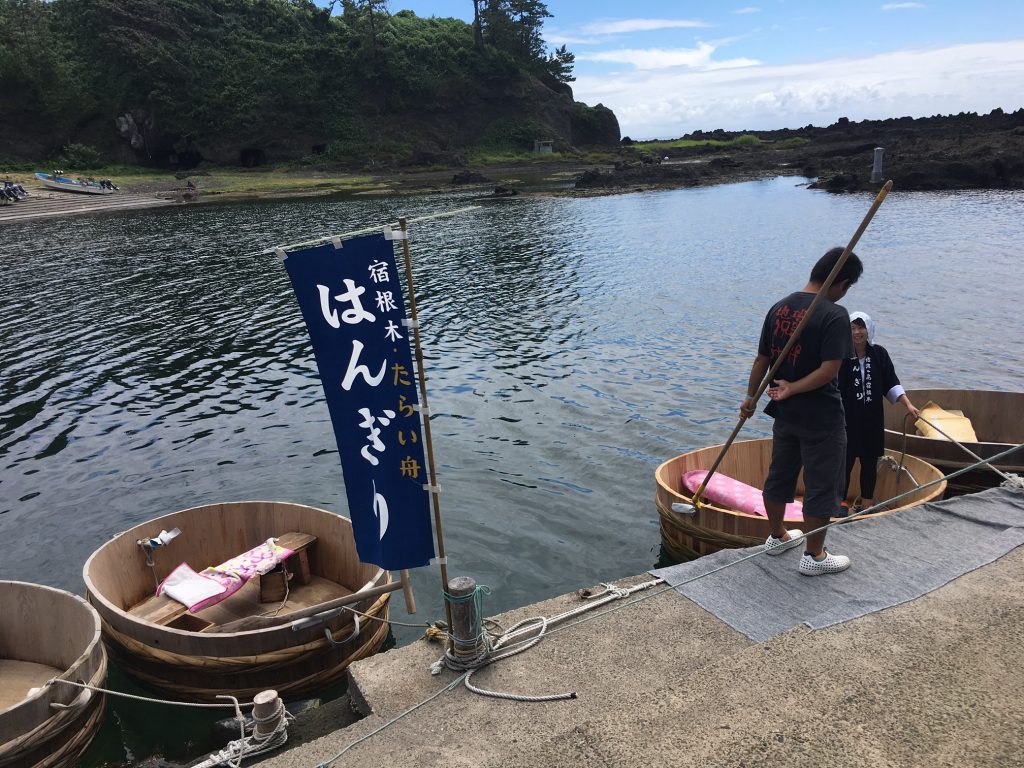
Tarai-Bune is not an only example of people in Sado island living by the sea. West to Ogi port there is a smaller village called “Shukunegi”. In Edo era, it was the village of shipwrights for the freight vessels shipping between northern and western Japan. Since the land of Shukunegi was so small, the shipwrights lived in tiny buildings closely packed with each other.
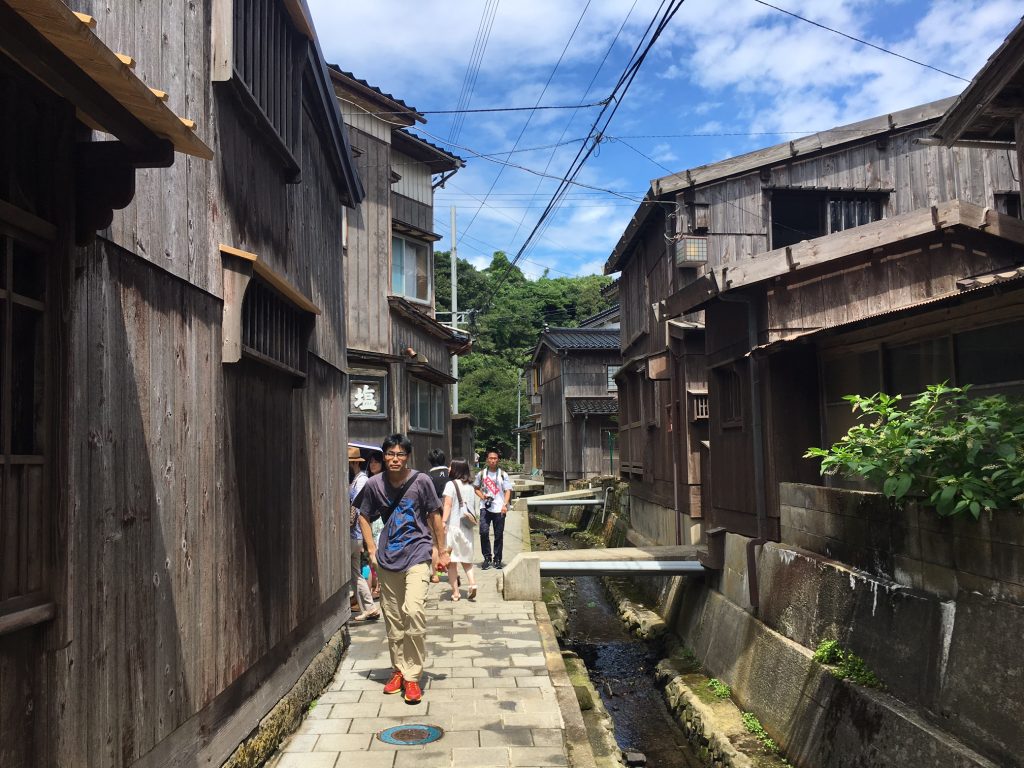
But they didn’t live small. The local merchant and shipwrights built their own freight vessel and sailed to the sea. They indeed transported a lot of cargo from one port to another port along the coasts of Japanese islands. And another surprise. In the 21st century their descendants rebuilt such a vessel using the drawing at that time.
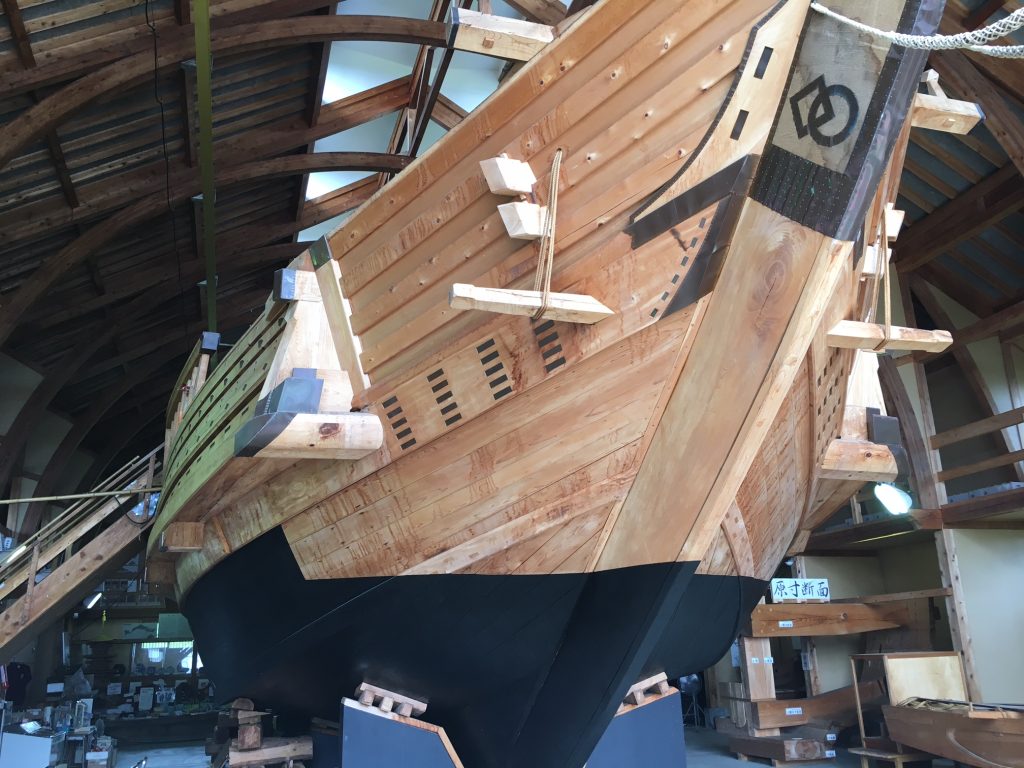
Sado island is the small island compared to Japanese main islands. But I cannot help admiring people living by the sea there who have been creating new ways based on the local environment.
